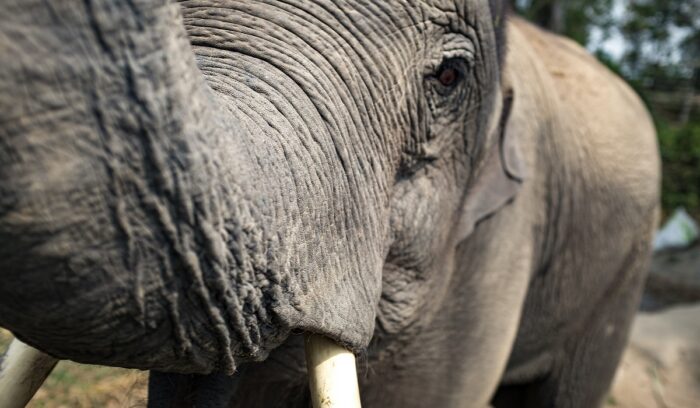In 2090, scientists confirm that the human-caused extinction rate is now below 0.001 percent per year—a milestone that once seemed unimaginable. After decades of urgent warnings about biodiversity loss, the data show that sustained conservation, technological innovation, and global cooperation are changing the course of life on Earth. As the World Wildlife Fund explains, tackling drivers like habitat destruction, overexploitation, and climate change proves essential in reversing species decline.
From crisis to coordinated action
For most of the 21st century, the extinction rate was more than 1,000 times higher than natural background levels, prompting scientists to describe a sixth mass extinction. By 2090, that trajectory shifts. Governments expand protected areas, enforce anti-poaching laws, and restore ecosystems on a massive scale. Businesses align their supply chains with sustainability goals, while communities embrace regenerative agriculture and rewilding projects. The Natural History Museum reports that it is these overlapping efforts that bend the curve.
Science transforms conservation
New tools allow researchers to act quickly before species disappear. Genetic screening, satellite monitoring, and open biodiversity databases enable scientists to track populations in real time. This precision makes it possible to verify that the extinction rate is now at historically low levels. As Live Science notes, better data ensures that conservation resources reach the places where they are most needed, fueling early successes that inspire further action.
The benefits of a living planet
The rebound of species and ecosystems has cascading benefits. Pollinator populations strengthen food systems. Restored forests absorb carbon, stabilizing the climate. Healthy wetlands protect communities from floods while also supporting fisheries. According to The Guardian, renewed biodiversity boosts not only ecological resilience but also cultural and spiritual well-being, as people feel more connected to thriving landscapes.
Why this milestone matters
Reaching an extinction rate below 0.001 percent does not mean all threats are gone. Climate change, invasive species, and pollution continue to require vigilance. But the achievement of 2090 demonstrates that human choices reverse even the most dire trends. It shows that despair is never the only option and that restoring balance between people and nature is both possible and underway.
More Milestones
-

31 countries sign the Vienna Convention on Road Signs and Signals
In 1968, the United Nations adopted the Vienna Convention on Road Signs and Signals, marking a historic moment in international road safety. The treaty was designed to harmonize traffic signs, […]
-

Human behavior evolves to “behavioral modernity”
The profound cognitive shift known as behavioral modernity—the emergence of abstract thinking, deep planning, and symbolic— catalyzed the development of complex language development, artistic expression, and the establishment of long-distance trade networks and initiated an era of unprecedented ingenuity.
-

Humans begin practicing herbalism
The development of herbalism stands as one of humanity’s most crucial and enduring achievements. This practice, dating back tens of thousands of years, represented our first systematic medical tradition. By meticulously identifying which plants could heal, soothe pain, or treat infection, early humans secured their survival across diverse environments. Herbalism established the foundation for modern empirical science and continues to inspire pharmaceutical breakthroughs today, proving the timeless value of botanical knowledge.
-

Homo Sapiens arrive in Australia for first time
Researchers have found evidence that suggests the ancestors of Aboriginal Australians landed in the northern part of Australia at least 65,000 years ago.
-

Humans in Ancient Morocco manufacture jewelry for first time
The first intentional creation of jewelry in ancient human history was a profound moment. This was not about utility, but about symbolic communication and identity. The production of standardized shell beads, such as those possibly originating in Morocco, required advanced motor skills and intentional manufacture. This innovation created durable social markers, which strengthened communal identity and facilitated early, long-distance trade networks.
